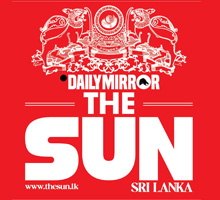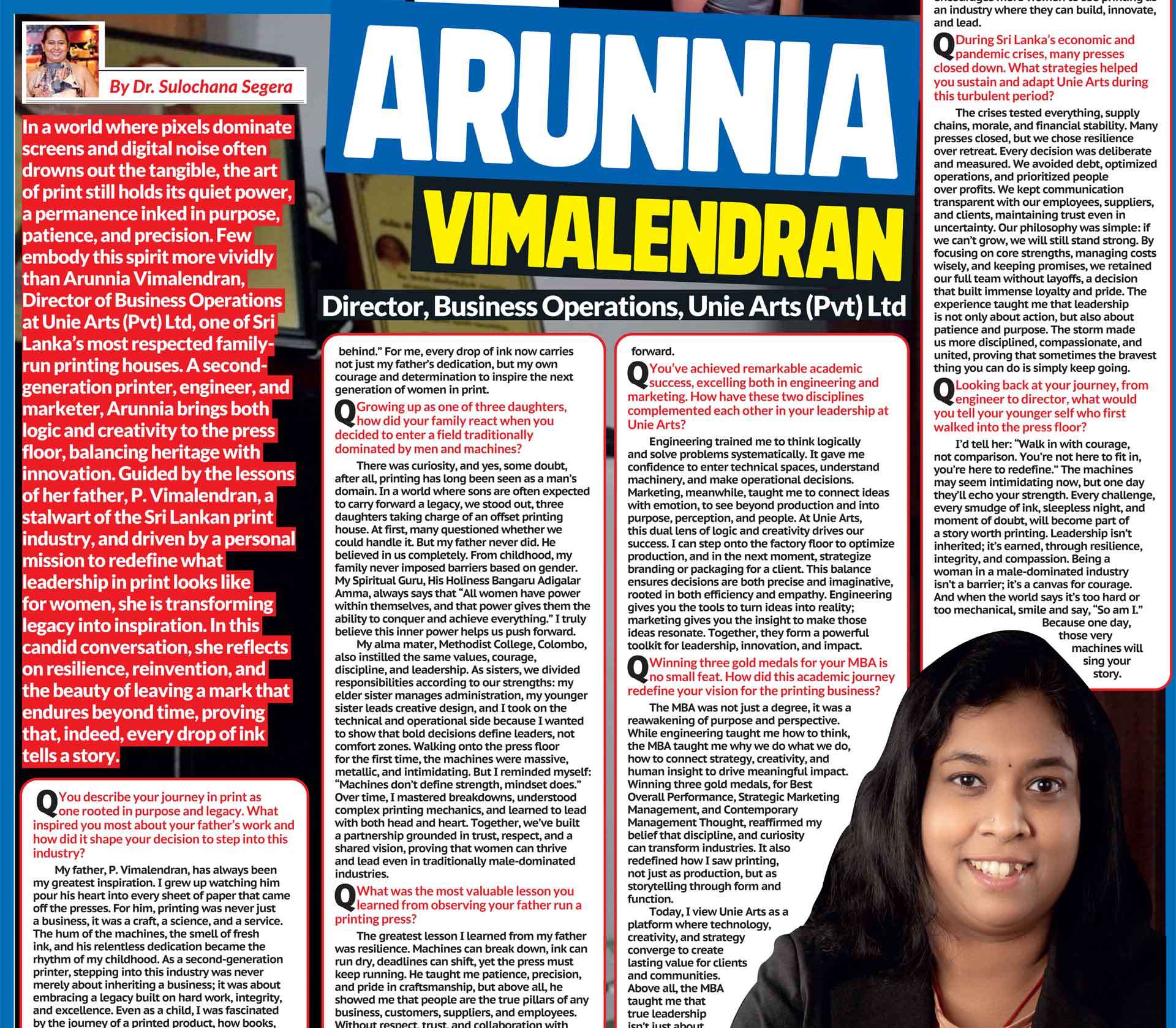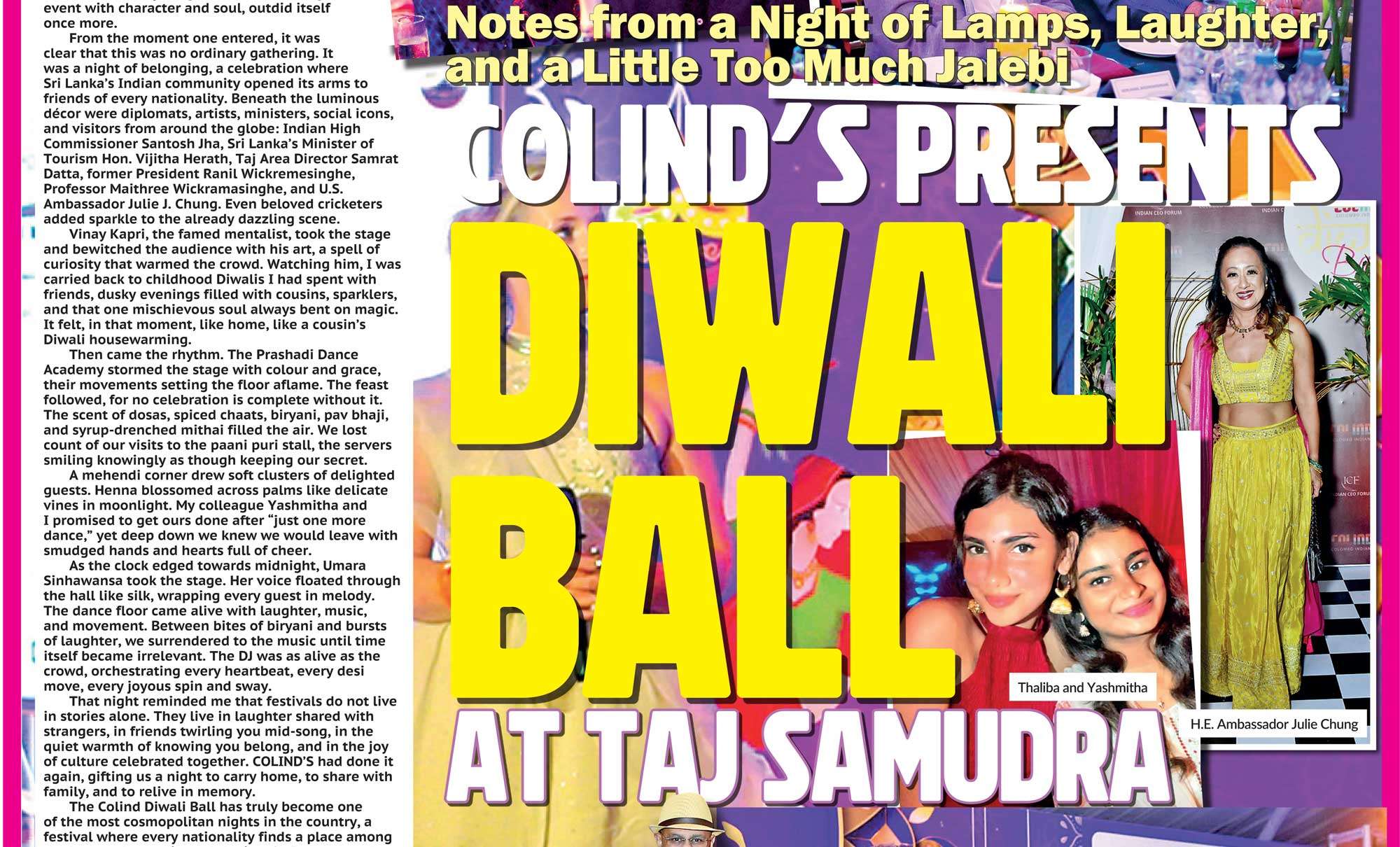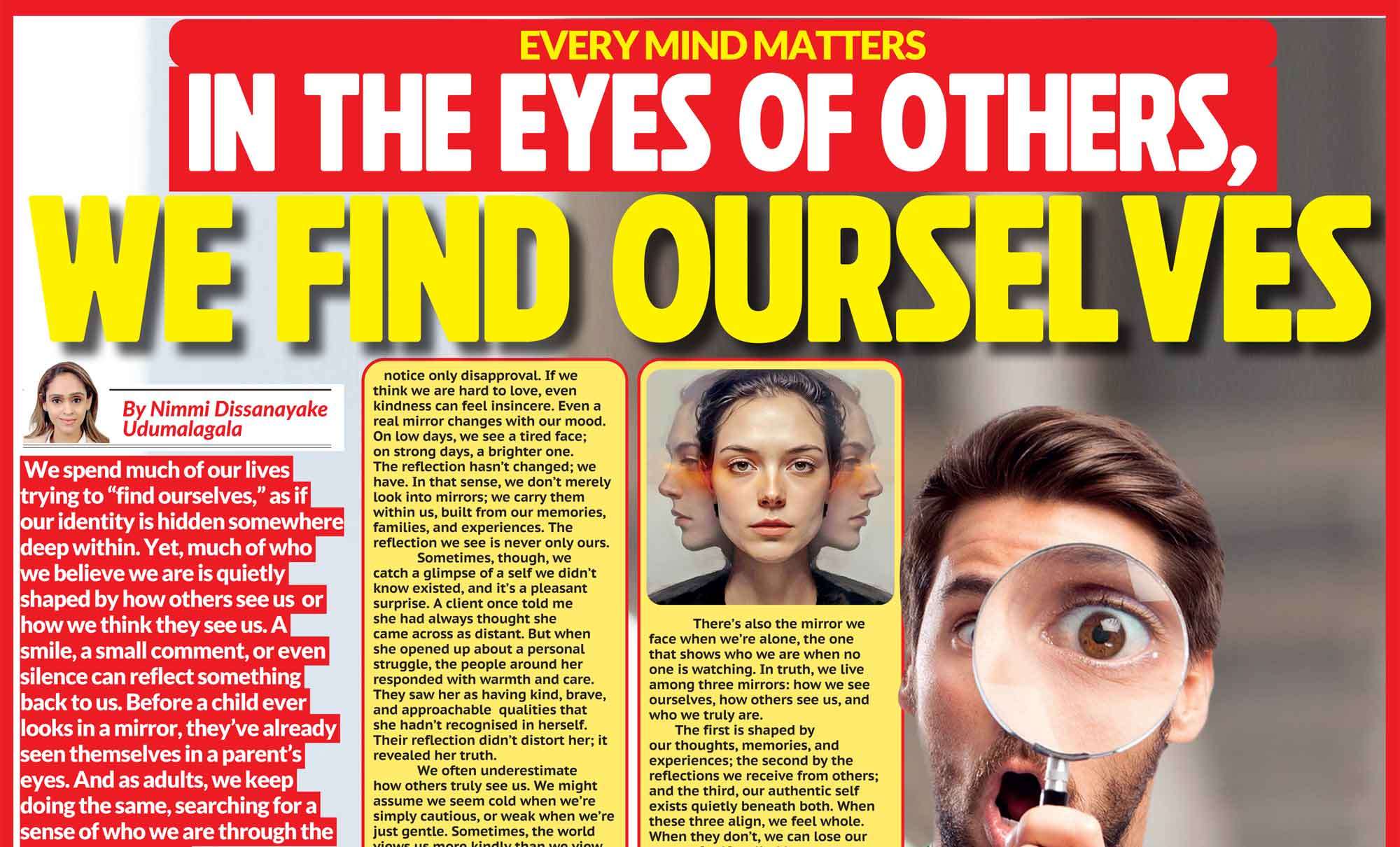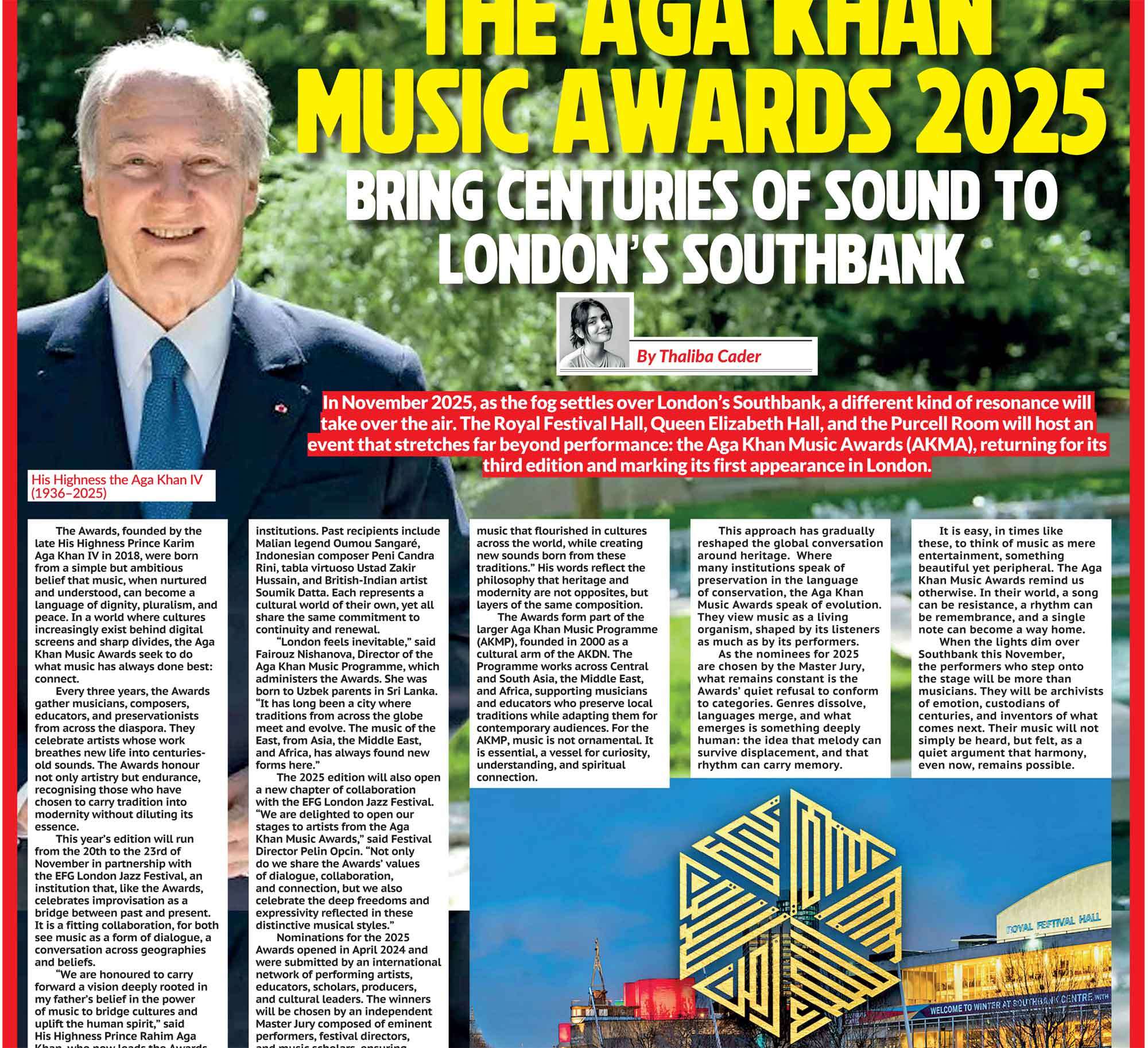Instagram Face
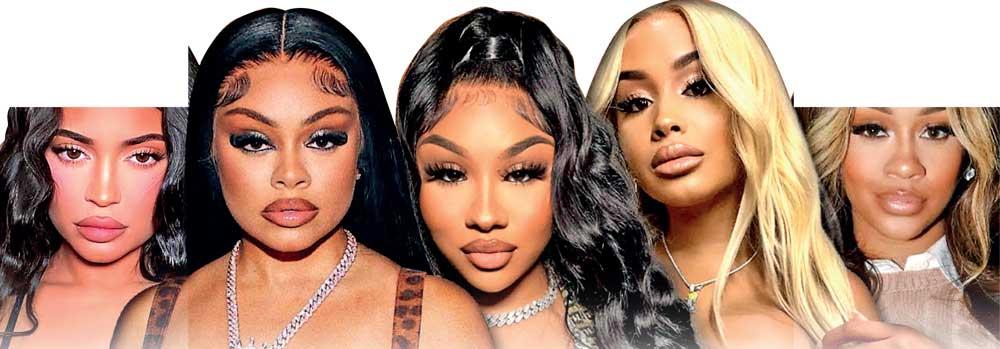
- Non-surgical cosmetic enhancements like Botox, fillers,chemical peels, and laser treatments became increasingly affordable and normalized
Scroll through Instagram, TikTok, or any major social media platform today, and one thing stands out: many faces look eerily similar. From top influencers to everyday users, a strikingly uniform aesthetic dominates.
This look, commonly called “Instagram face,” features flawless skin, high cheekbones, full lips, perfect brows, and sharp jawlines. But why has this particular face become so common? Why are so many people starting to look alike? And what does this mean for individuality and beauty standards in the digital era?
What Is Instagram Face?
Instagram face is a term popularized by dermatologists and beauty experts to describe a certain homogenized, idealized facial appearance that’s rapidly spreading across social media platforms. It’s a look that blends genetics, makeup artistry, cosmetic procedures, and digital filters into one formula of perfection.
The defining features include:
- Flawless, poreless, airbrushed skin: Often a result of makeup techniques and photo filters that smooth out texture and imperfections.
- Prominent, high cheekbones: Achieved naturally or enhanced through contouring and dermal fillers.
- Large, wide-set, doe-like eyes: Enhanced with makeup, eyelash extensions, or even surgical procedures.
- Full, plump lips: Sometimes naturally full, but often augmented with lip fillers.
- Symmetrical, arched eyebrows: Perfectly groomed and shaped to frame the face.
- Defined, sharp jawline: Contoured naturally or enhanced with cosmetic treatments.
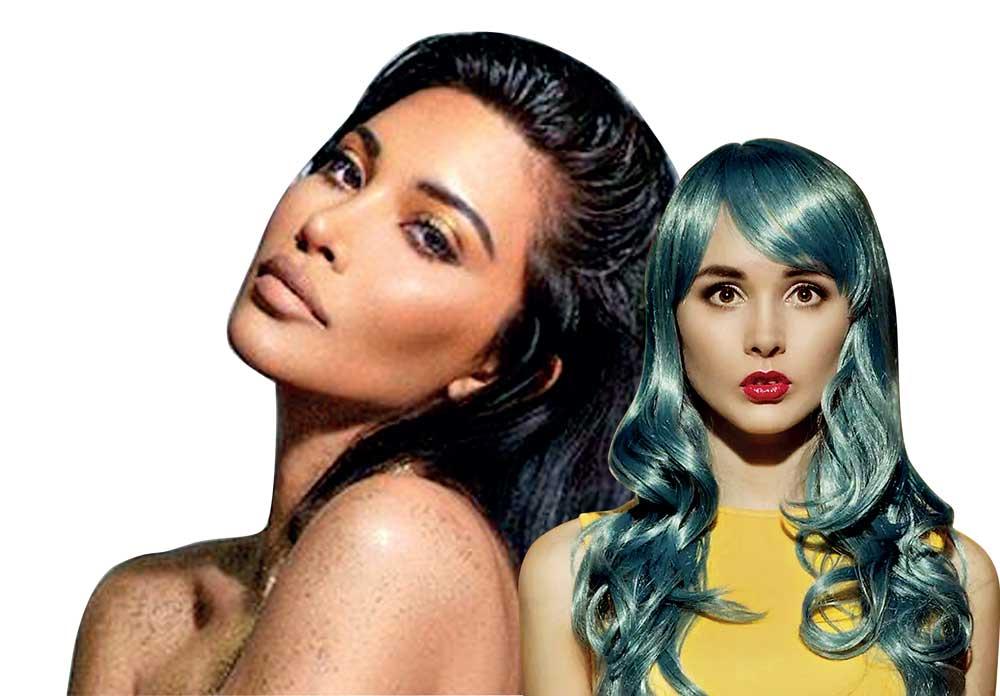
This facial template, simultaneously hyper-real and almost artificial, has become the blueprint for what many users on social media strive to emulate. Think about Kylie Jenner, for example, whose best friend Stassie Karanikolaou mirrors her aesthetic so closely that they often appear interchangeable. The sharp jawline, plump lips, button nose, lifted brows, and flawlessly contoured skin, often achieved through a mix of filters, makeup, and cosmetic enhancements, form a homogenized look that dominates Instagram and TikTok.
This standard is aspirational yet unattainable for most, feeding into a cycle of comparison, cosmetic consumption, and digital alteration. The result is not just the normalization of cosmetic procedures, but also a subtle erasure of individual identity in favor of a curated, commodified beauty that thrives under the male gaze and algorithmic approval.
The Origins of Instagram Face
The Instagram Face aesthetic didn’t appear out of thin air; it is the culmination of decades of evolving beauty standards amplified by technological and cultural changes.
Celebrity Culture and Media Influence
The modern obsession with certain facial features began in the early 2000s, heavily influenced by Hollywood celebrities such as Angelina Jolie, Scarlett Johansson, and Megan Fox, who epitomized full lips, sculpted cheekbones, and flawless skin. These features were promoted in magazines, films, and TV shows, setting a global standard for beauty.
The Social Media Boom
With the rise of Instagram and TikTok, beauty ideals spread faster and became more interactive. Influencers, makeup artists, and ordinary users began sharing their makeup routines, skincare tips, and photos, creating viral trends. Unlike traditional celebrities, social media personalities often engage directly with followers, making trends feel more accessible and relatable.
Cosmetic Procedures Become Mainstream
Non-surgical cosmetic enhancements like Botox, fillers, chemical peels, and laser treatments became increasingly affordable and normalized. Clinics started marketing the “Instagram Face” as a desirable look, and many influencers openly documented their procedures, encouraging followers to pursue the same.
The Role of Technology: Filters and Editing Apps
Apps like Facetune, Snapchat, and Instagram’s own filters allow users to alter their appearance in photos and videos instantly. These tools smooth skin, enlarge eyes, refine noses, and plump lips with just a few taps. The widespread use of these filters reinforces the Instagram Face as the default look of beauty online.
Why Are So Many People Starting to Look Alike?
1The Social Pressure to Conform
Social media rewards a particular kind of image; one that is polished, flawless, and aesthetically pleasing. Likes, comments, followers, and brand deals all incentivize users to conform to this visual ideal. When a face that fits the Instagram Face mold consistently gains attention, it creates a feedback loop encouraging others to replicate it.
2The Illusion of Perfection and Accessibility
Because Instagram Face combines makeup techniques with digital editing and cosmetic procedures that have become widely accessible, many feel that this look is achievable. Tutorials teach contouring to mimic high cheekbones, filters promise perfect skin, and clinics offer affordable lip fillers. This illusion of attainable perfection fuels the widespread adoption of
the look.
3Algorithmic Bias and Visibility
Social media platforms’ algorithms promote content that generates engagement. Images fitting popular beauty standards tend to perform better, appear on “Explore” pages, and gain more followers. This algorithmic favoritism disproportionately amplifies Instagram Face, pushing it into mainstream visibility and encouraging imitation.
4The Desire for Belonging and Identity
In digital communities, appearance is often a form of identity and social currency. Adopting Instagram Face can signal membership in a certain group, whether that’s beauty influencers, fashion enthusiasts, or wellness communities. The look becomes a way to connect, belong, and gain validation.
The Consequences of Instagram Face
Erosion of Individuality and Diversity
Perhaps the most visible effect is the loss of facial diversity. With millions of people converging on one aesthetic, unique features
and cultural beauty standards risk being erased. This trend reduces people to a narrow visual formula, sidelining natural variation and authentic identity.
Mental Health Implications
Constant exposure to flawless images can heighten self-esteem issues, anxiety, and body dysmorphia. People may feel pressured to alter their appearance through extreme measures to fit unrealistic ideals. The rise in cosmetic procedures among young people correlates with growing dissatisfaction with natural features.
Reinforcement of Narrow Beauty Norms
Instagram Face predominantly reflects Eurocentric features, high cheekbones, narrow noses, light skin tones, which marginalizes other ethnic and cultural standards of beauty. This limits representation and perpetuates exclusion in visual culture.
Commercialization and Consumer Exploitation
The beauty and cosmetic industry thrive on this trend, promoting products and procedures that promise Instagram Face perfection. This commodification can exploit insecurities, encouraging consumerism rather than self-acceptance.
Is There Backlash?
While Instagram Face dominates, counter-movements advocating diversity and authenticity are gaining momentum.
Body Positivity and Diversity Movements
Movements emphasizing natural beauty, aging gracefully, and diverse features have grown on social media. Influencers celebrate freckles, wrinkles, and non-traditional features, challenging homogenized standards and promoting inclusivity.
Calls for Authenticity
Some users intentionally post unfiltered, candid images to reject the pressure for perfection. Hashtags like #nofilter and #nomakeup promote embracing flaws and natural appearances.
Innovations in Technology
Some brands are developing filters and apps celebrating varied skin tones, face shapes, and cultural aesthetics, moving away from uniformity toward personalized beauty.
What Does This Mean for the Future?
Instagram Face reflects a profound cultural moment where technology, commerce, and identity intersect. It reveals our collective desire for perfection, control, and belonging, but also highlights the risks of conformity and loss of self. The beauty may lie in balance, recognizing the allure of curated aesthetics while celebrating authentic diversity. As social media continues to evolve, the power to shape beauty standards rests with both creators and consumers. Choosing to embrace individuality, challenge narrow ideals, and promote mental well-being can help society reclaim beauty’s richness beyond the Instagram Face.
Instagram Face is more than a trend; it’s a mirror reflecting societal values and anxieties in the digital age. It shows how much influence social media has on our perceptions of beauty and identity, and the price we pay when homogenization overshadows diversity. By understanding the forces behind Instagram Face, we can better navigate the digital beauty landscape, appreciating the art of self-expression without losing sight of the value of uniqueness. Ultimately, beauty is not one face or formula but the rich mosaic of human difference.
